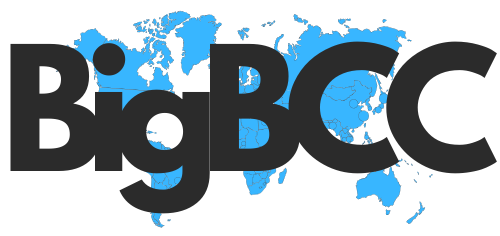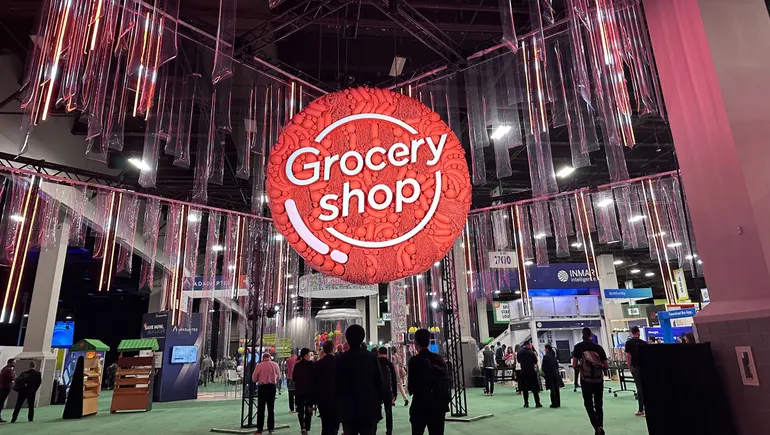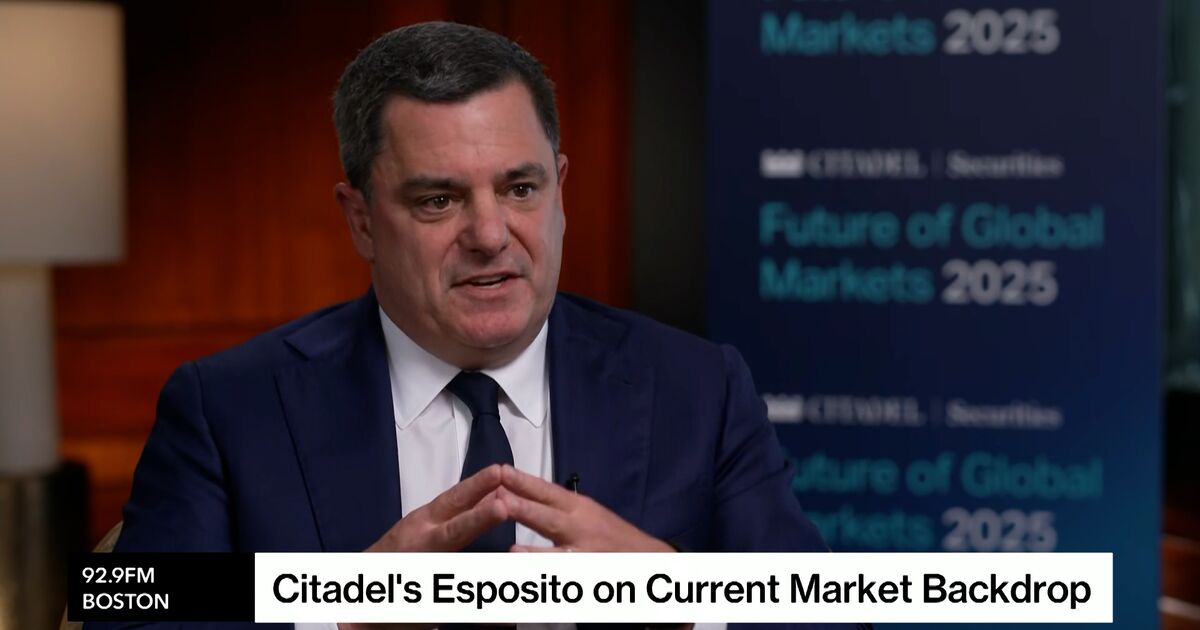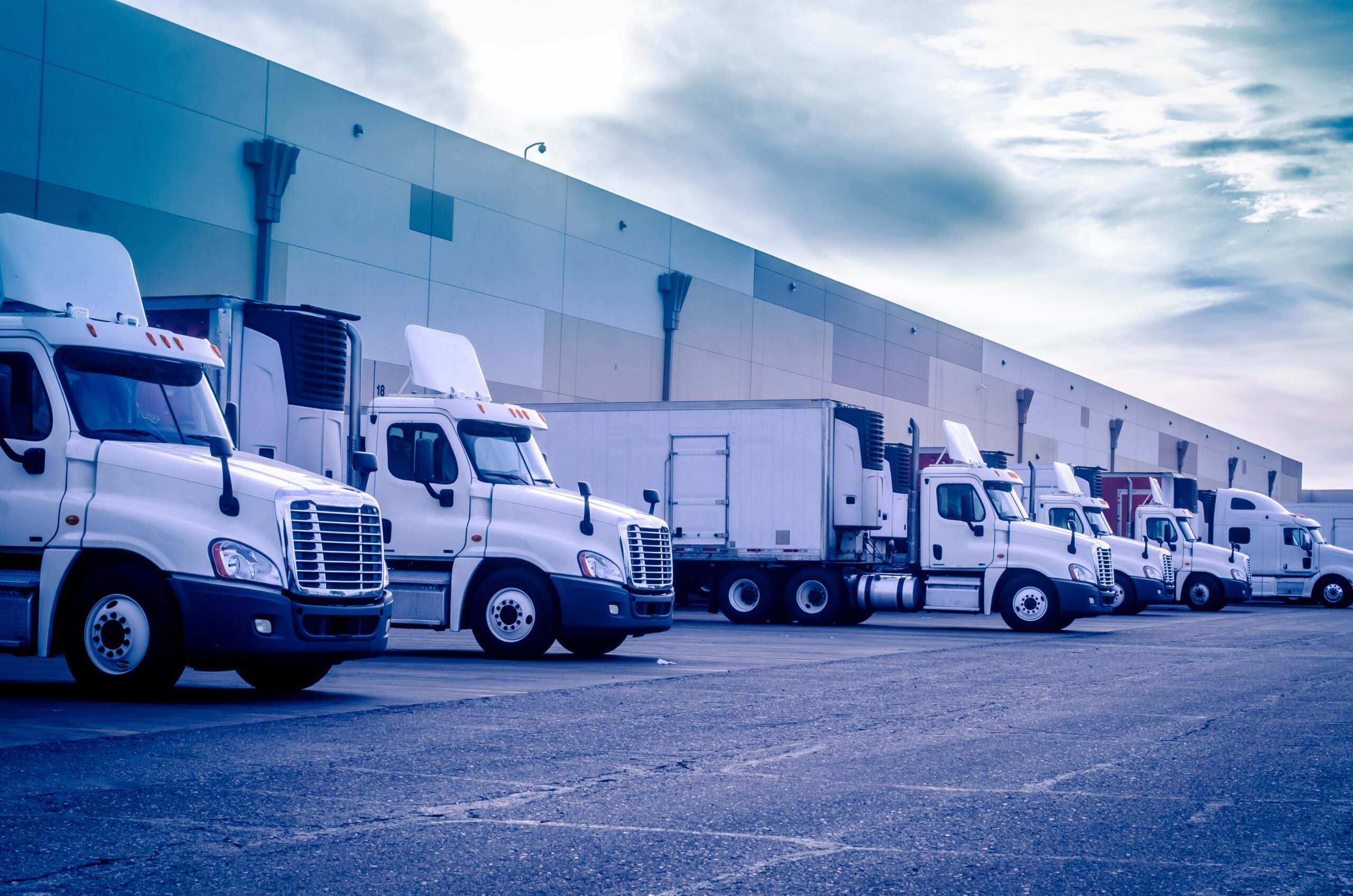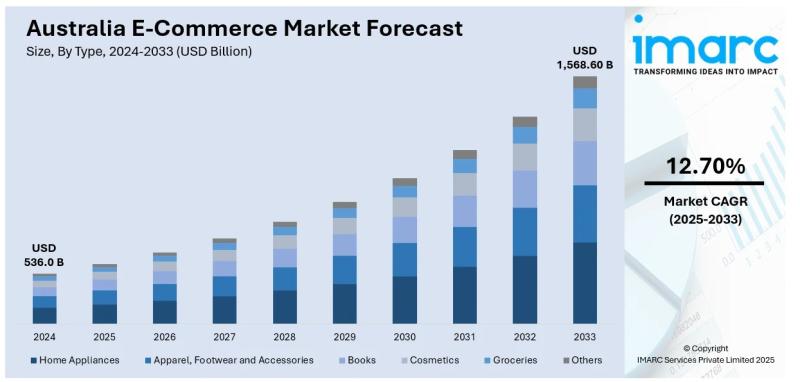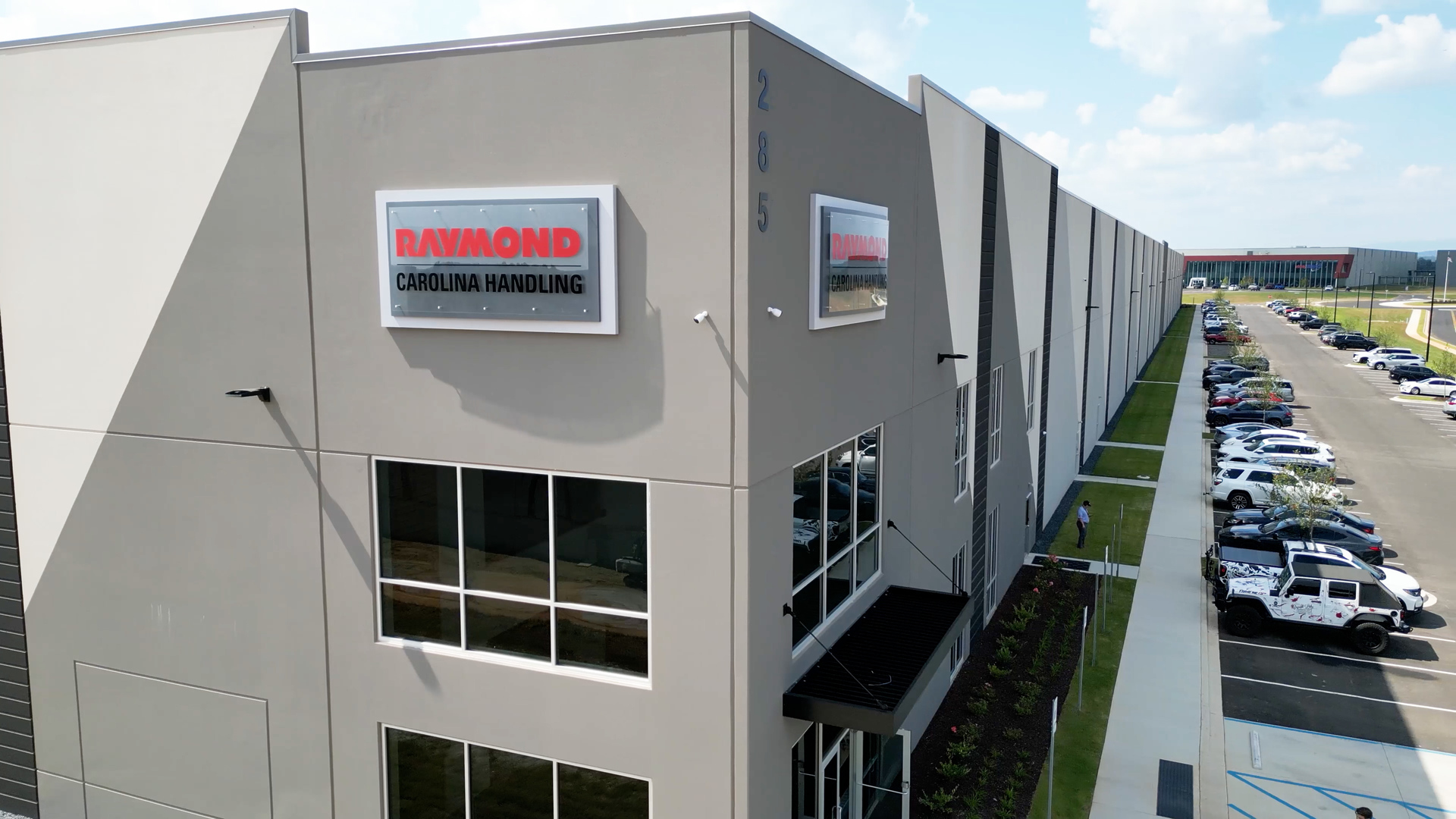LAS VEGAS — There’s no touching Amazon when it comes to online reach. The company dominates e-commerce and continues to expand its offerings through initiatives like its recent expansion of same-day perishable grocery delivery. Unfortunately for other retailers, this dominance also translates to digital retail media.
Amazon is expected to control more than 75% of retail media ad spend through at least 2027, according to data presented by Sarah Marzano, a principal analyst for retail, e-commerce and retail media at eMarketer, at Groceryshop last week.
However, the future of retail media isn’t online — it’s in-store.
Retail media is moving away from grocers’ websites and online platforms, with eMarketer data predicting that off-site and in-store retail media will outpace total retail media through 2029.
This is good news for grocers, as there is no “Amazon” equivalent for in-store retail media, Marzano said during the panel session, noting that this leaves a more open playing field for grocers of all sizes.
By the numbers
Nearly $100 billion
Amount retail media ad spending will reach by 2029.
$1 of every $5 spent
Share of digital advertising that retail media spending will represent by 2028.
62%
Percentage of surveyed advertisers who said increasing brand awareness fuels the decision to use retail media as part of their marketing strategy.
Though in-store retail media isn’t a new approach, innovation in the sector continues to grow as a priority for grocers, with recent moves by major industry players like Kroger and Albertsons underscoring the channel’s significance.
Last week at Groceryshop, Ahold Delhaize U.S. announced plans to launch Edge, a platform that will consolidate a number of digital channels into a single ecosystem.
A goal the grocery company has for Edge is the ability to fully introduce multi-touch attribution, which would enable Ahold Delhaize to evaluate which retail media channel — whether in-store, off-site ads or online — was the most effective during the shopping journey, Bobby Watts, senior vice president and executive lead of AD Retail Media, said in an interview. This capability will come into play once the company adds in-store retail media to Edge, he noted.
And grocers have room to bolster their off-site advertising, other industry executives said during the conference.
Christine Foster, Kroger Precision Marketing’s senior vice president of commercial strategy and operations, said during a panel session that in-store retail media is still very much “underutilized.”
There’s an opportunity for in-store retail media, mainly digital signage, to drive purchase consideration and awareness while also building brand equity, Foster said.
“The world is vast, and it’s much bigger than the time spent in a grocery store or on a grocery website,” Foster said in an interview.
The value of digital screens
Digital screens are arguably the most trusted element of in-store retail media, executive speakers said during Groceryshop. But grocers still have work ahead of them to make the most of this technology.
Progress in establishing standardized retail media measurement metrics has allowed retailers, CPGs and third-party tech companies to see the full effects of in-store digital displays.
“We have our digital screen network in stores that we’re piloting right now, which has been a really, really interesting experiment … to find opportunities to use the store as more than just the point of purchase,” Liz Roche, vice president of media and measurement for Albertsons Media Collective, said in an interview. “The store is a full-funnel experience.”
Roche spoke about the grocery company’s work in using longitudinal metrics as part of its digital screen network. These metrics allow Albertsons to understand shoppers in cohorts as well as allow advertisers to look at their partnership with Albertsons “more holistically,” she said.
Roche added that Connected TV capabilities, which Albertsons launched in mid-2024, continue to be a major player in the fast-developing in-store retail media space.
“CTV is having a major renaissance in retail media right now,” she said. “It’s piquing a lot of interest, specifically because a lot of our brands want to move into this full funnel,” Roche said. She added that brands are seeing the value in CTV, as the technology drives shopper purchase intent while also providing feedback and measurements on impact.
Kroger is also working to bolster its in-store screen capabilities as in-store retail media’s impact continues to become more apparent. As the grocer welcomes more in-store digital screens to its stores, it is making them as native to the store environment as possible, Foster said, adding that digital signage drives purchase consideration and builds brand equity.
The consumer is “blasted with messages all day long. How do I make sure that the next message is a fun crosswalk that’s going through a Kroger parking lot?” Foster said, giving a nod to the new illustrated crosswalks outside select Kroger stores. The crosswalks, made in partnership with snack maker Mondelēz, show characters munching on Oreo cookies, plus a QR code that shoppers can scan to receive a special in-store offer.
In June, Kroger announced a partnership with Barrows Connected Stores’ technology. According to Foster, this tie-up focuses on ushering more digital screens into Kroger stores without disrupting the store atmosphere. She added that innovation and experimentation with signs, while simultaneously ensuring that ads look natural, will be a priority in the coming months.
“As retailers, we have a real responsibility to… not just call it ‘good enough’ to hang a screen on a wall or from a ceiling and think about it as advertising,” Foster said. “We have to think about it as ‘What is the experience that we want the shopper to feel when they wander through this space in the store?’”
